-
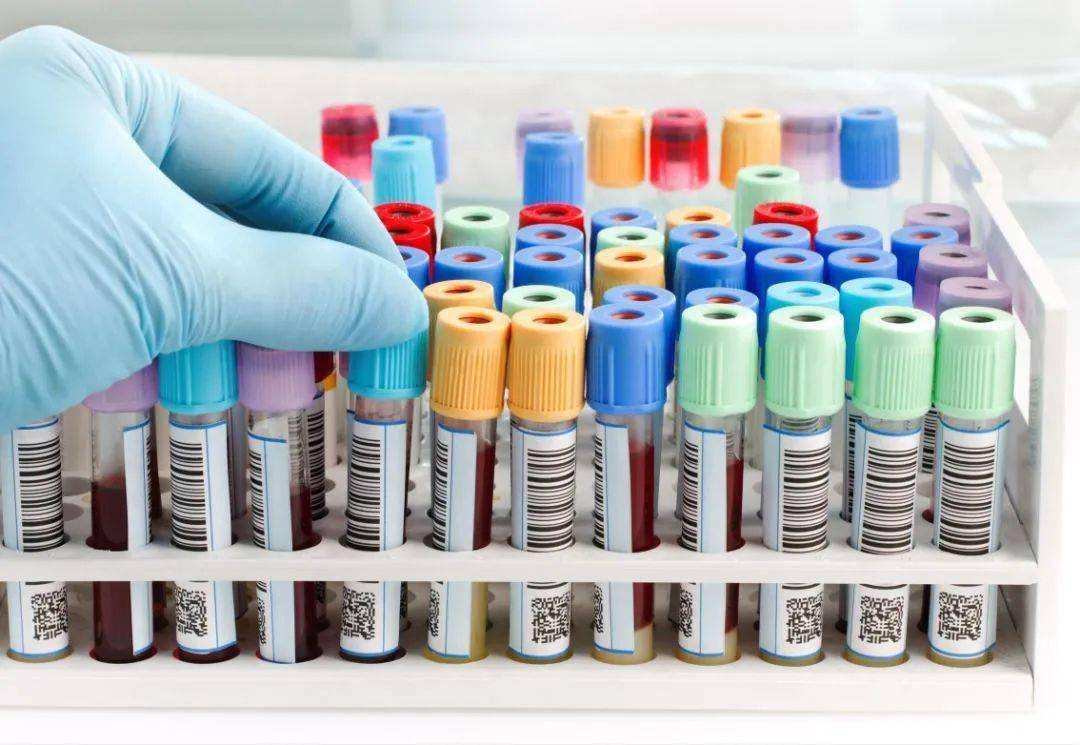
How serious is high D-dimer?
D-dimer is a degradation product of fibrin, which is often used in coagulation function tests. Its normal level is 0-0.5mg/L. The increase of D-dimer may be related to physiological factors such as pregnancy, or It is related to pathological factors such as thrombotic di...Read more -
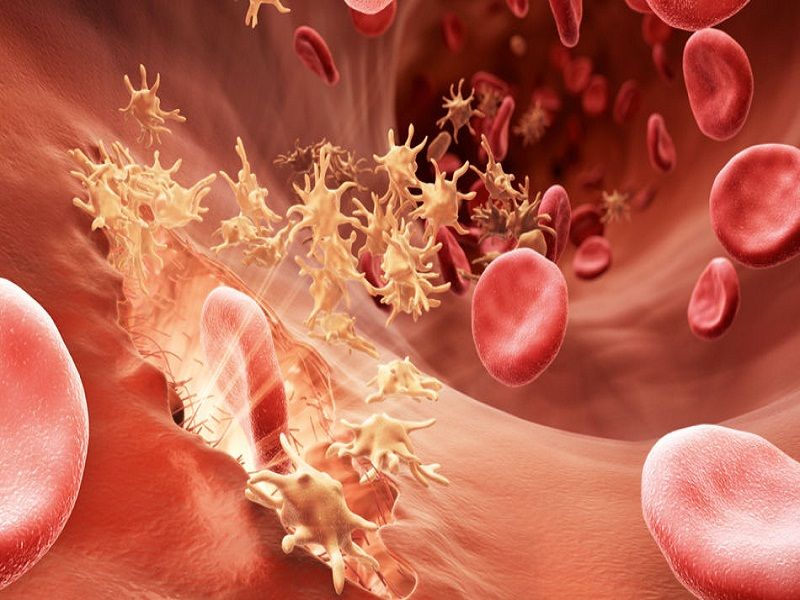
Who is prone to thrombosis?
People who are prone to thrombosis: 1. People with high blood pressure. Special caution should be exercised in patients with previous vascular events, hypertension, dyslipidemia, hypercoagulability, and homocysteinemia. Among them, high blood pressure will increase the r...Read more -
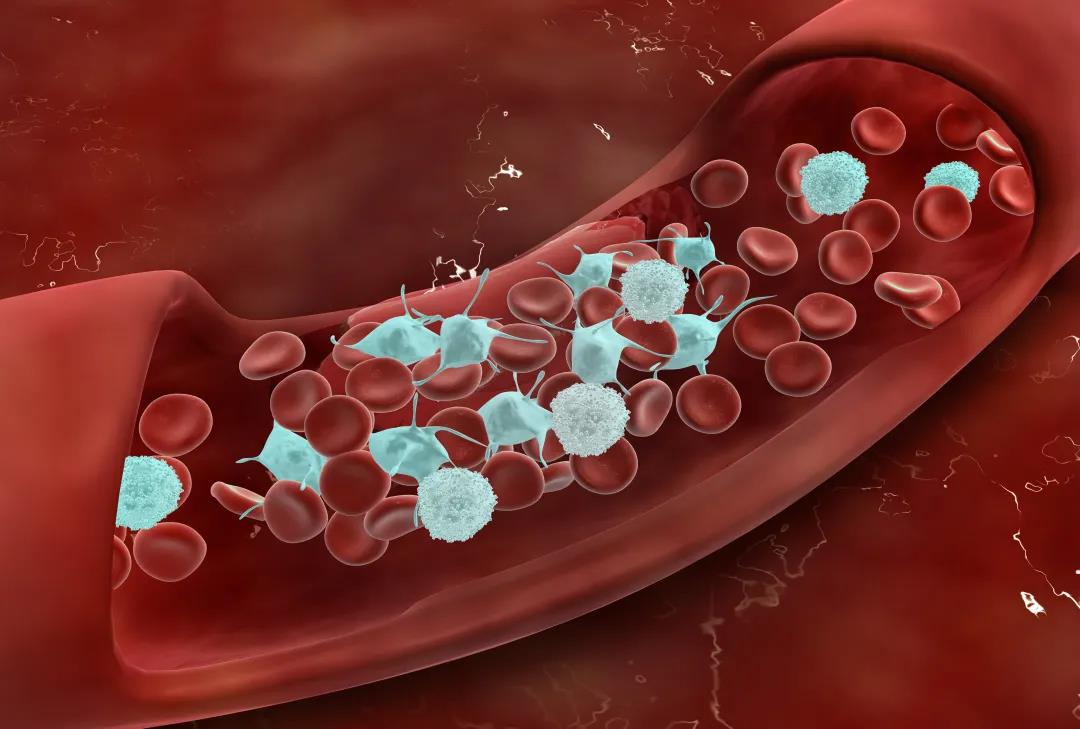
How is thrombosis controlled?
Thrombus refers to the formation of blood clots in the circulating blood due to certain incentives during the survival of the human body or animals, or blood deposits on the inner wall of the heart or on the wall of blood vessels. Prevention of Thrombosis: 1. Appropriate...Read more -
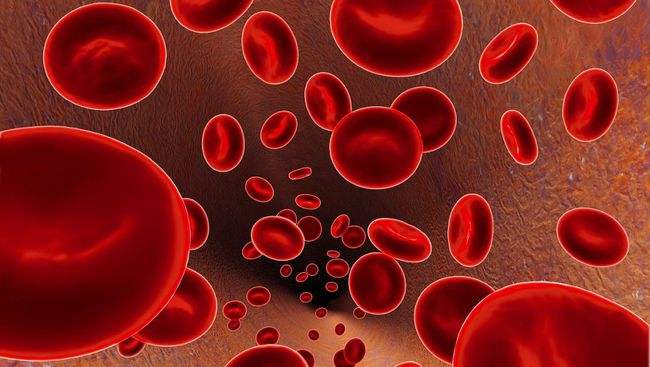
Is thrombosis is life-threatening?
Thrombosis may be life-threatening. After thrombus forms, it will flow around with the blood in the body. If the thrombus emboli blocks the blood supply vessels of important organs of the human body, such as the heart and brain, it will cause acute myocardial infarction,...Read more -

Is there a machine for aPTT and PT?
Beijing SUCCEEDER was founded in 2003,mainly specialized in blood coagulation analyzer ,coagulation reagents, ESR analyzer etc. As one of the leading brands in China Diagnostic market of Thrombosis and Hemostasis, SUCCEEDER has experienced teams of R&D,Production,Mar...Read more -
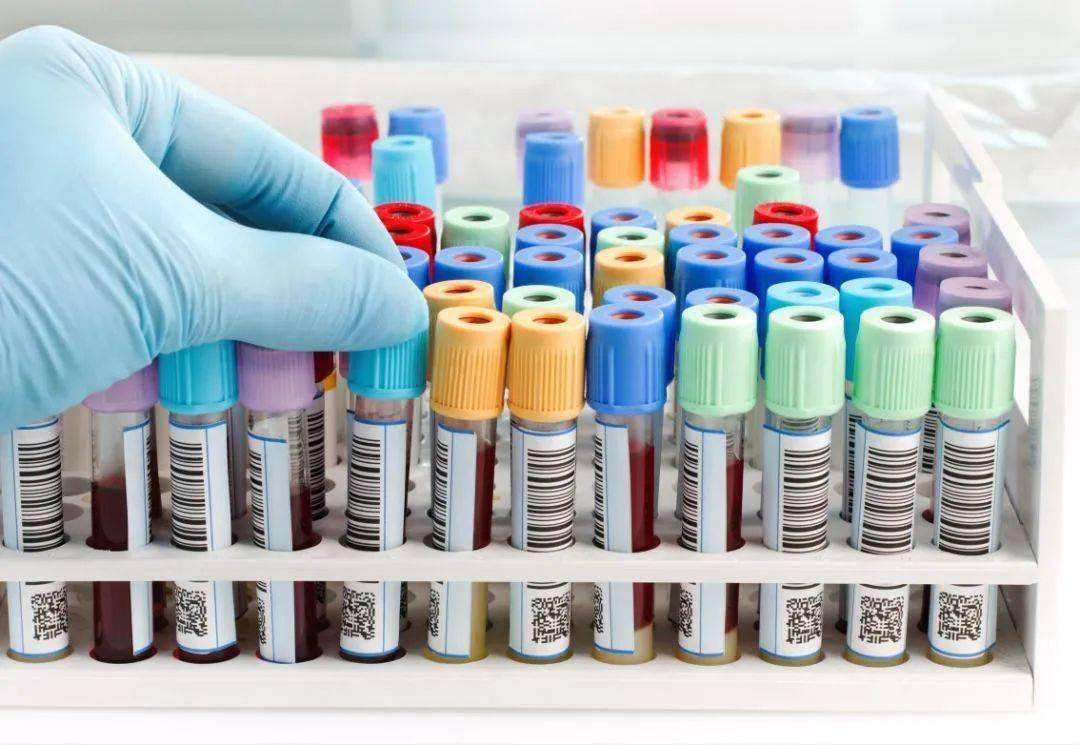
Does high INR mean bleeding or clotting?
INR is often used to measure the effect of oral anticoagulants in thromboembolic disease. Prolonged INR is seen in oral anticoagulants, DIC, vitamin K deficiency, hyperfibrinolysis and so on. A shortened INR is often seen in hypercoagulable states and thrombotic disorder...Read more








 Business card
Business card Chinese WeChat
Chinese WeChat English WeChat
English WeChat